Climate change. Habitat destruction. Pollution. Invasive species. These are some of the usual suspects when a species declines or faces extinction. But diseases are an often-overlooked threat to our world’s wildlife, as well as a symptom of unhealthy ecosystems.
Habitats strained by climate change or human modification offer the perfect conditions for nasty microbes to thrive. And wildlife stressed by these same conditions will be more susceptible to disease, both at an individual and population level.
You might have heard of some wildlife epidemics recently: Chytrid fungus is devastating global amphibian populations. White-nose syndrome is pushing bats to the brink. And chronic wasting disease is spreading through deer and other cervids in North America.
But these aren’t the only zoonotic diseases you should know about. Here, we give you the short details on seven other bacteria, fungi or viruses threatening wildlife around the world.
-
The Bacteria Killing the Saiga Antelope
Pasteurella multocida | Eurasian Steppe
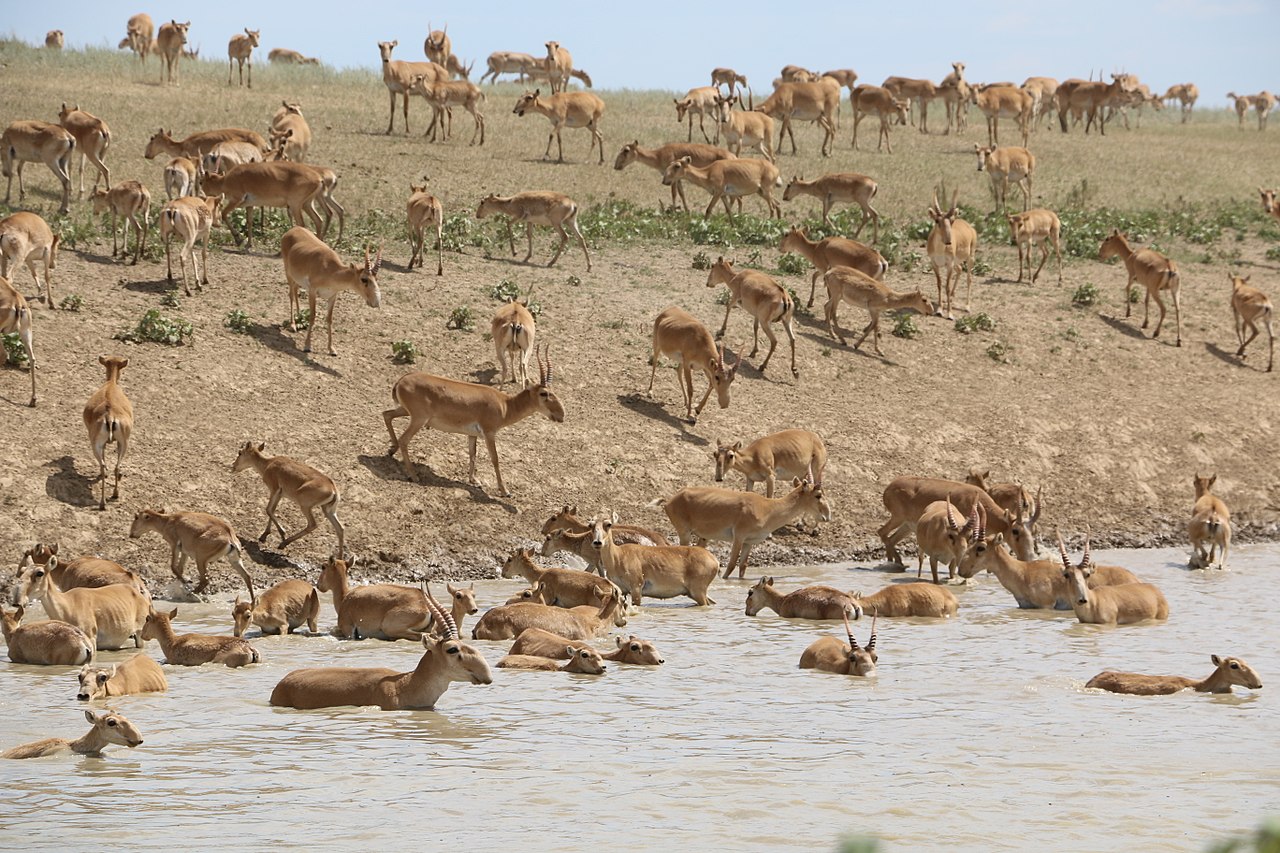
A herd of saiga in Kazakhstan. Photo © Yakov Fedorov / Wikimedia Commons In May of 2015, about 211,000 saiga antelope died en mass in central Kazakhstan. Most of them were newborns or pregnant females about to give birth. After just three weeks, more than 50 percent of all saiga were dead, a catastrophic toll for a critically endangered species.
Scientists searching for the culprit eventually discovered that the bacteria Pasteurella multocida was to blame. This bacteria is a normal part of a saiga’s microbiome, typically inhabiting the tonsils. But somehow the bacteria migrated to the saiga’s guts, poisoned their bloodstream, destroyed their internal organs, and killed them within a few hours.
Similar mass deaths occurred in 1981 and 1988, and the only common link was a hot, humid local climate in the days leading up to the event. Scientists suspect that this environmental trigger somehow enabled the bacteria to transform from harmless to deadly. They also suspect that climate change is playing a role in these die-offs, as they found no records of similar mass mortalities prior to the 1980s.
What’s worse, the Pastruella bacterium isn’t the only contagion affecting saiga. In 2017, the highly contagious virus peste des petits ruminants killed more than 50 percent of Mongolia’s saiga population. Scientists are trying to understand what drives these viral outbreaks, which affect both saiga and livestock, as part of the Science for Nature & People Partnership.
-
The Cancer Killing Tasmanian Devils
Devil facial tumour disease virus | Tasmania, Australia
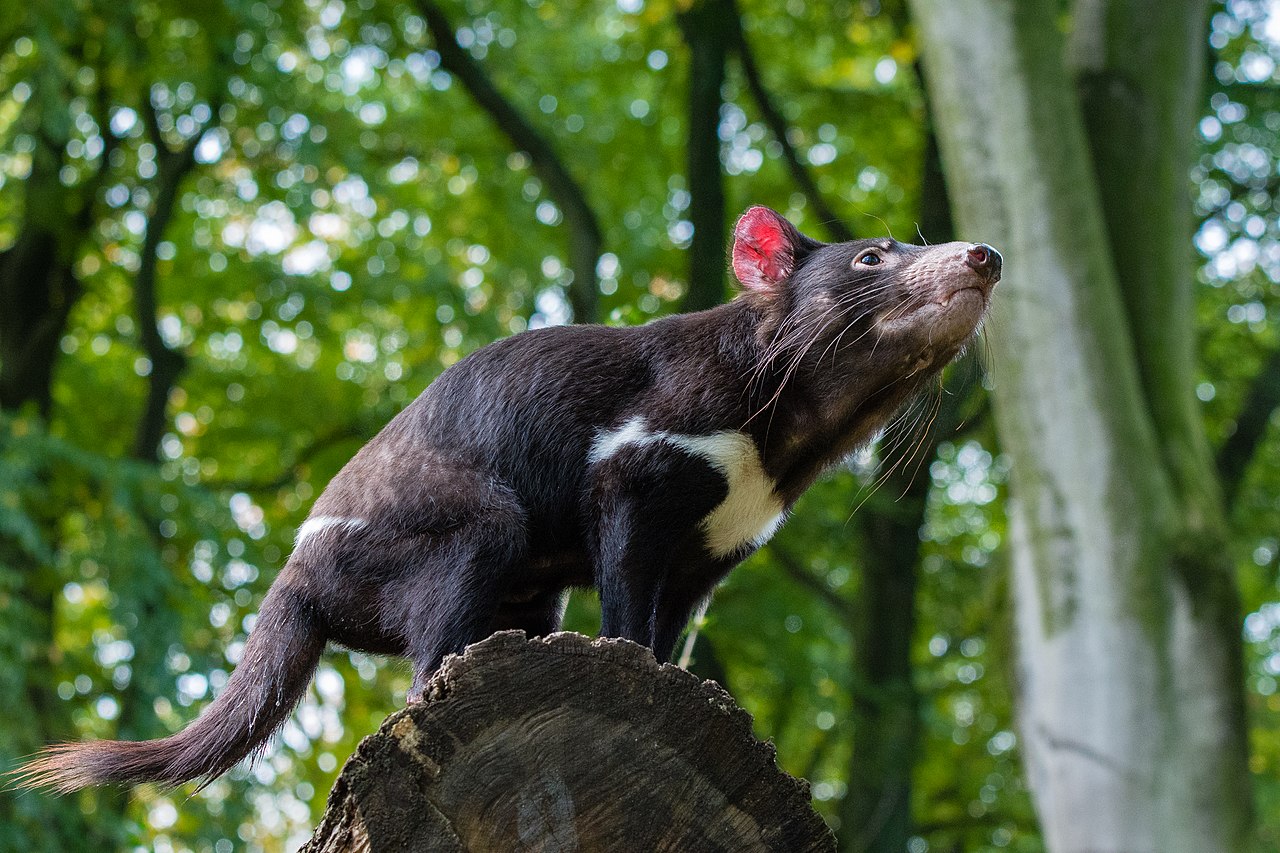
A healthy Tasmanian devil. Photo © Mathias Appel / Wikimedia Commons Tasmanian devils haven’t had it easy. European settlers trapped and poisoned them almost to extinction, until protection laws were put in place in the 1940s. Things started to look better for the devils… and then a deadly and contagious cancer started spreading through the population.
Devil facial tumour disease (DFTD) is a cancer that can kill an infected devil in just months. First recorded in 1996, DFTD has since spread east-to-west across Tasmania, causing an estimated 80 percent decline in devils. Infected devils develop ulcers and massive, grotesque tumors on their mouth, jaws, and face. (You can see photos here.) Most devils die within months, either from secondary infections, starvation, or the tumor metastasizing to internal organs.
The cancer spreads almost like a virus via the devil’s natural behavior: devils are highly territorial and frequently engage in vicious fights where they bite and scratch their opponent’s face and neck. Sick devils infect other individuals with each fight, and the devil’s immune system fails to recognize the disease, allowing it to flourish. They may also transmit the cancer by feeding together on the same carcass.
Scientists think this immune-system failure is a direct result of low genetic diversity in the devil population. In 2016, researchers discovered a second type of facial cancer in devils, now known as TDF 2.
One group of conservation scientists are trying to develop a TDFD vaccine. Other researchers are injecting sick devils with liver cancer cells to try and jump-start their immune systems to more effectively fight the cancer. They are also breeding devils in captivity as “insurance populations” in case wild devils disappear.
-
When Anthrax Kills African Wildlife
Bacillus anthracis | Worldwide
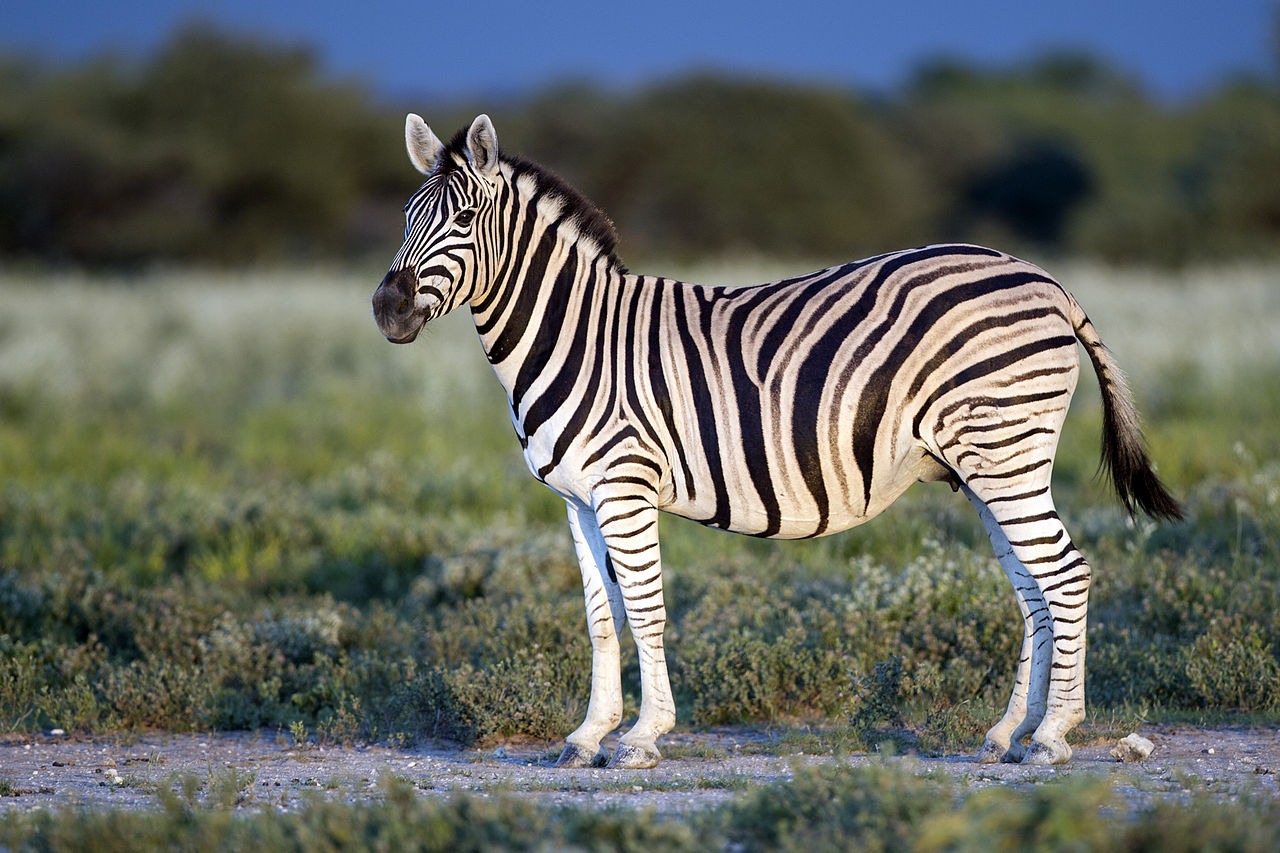
A plains zebra at Namibia’s Etosha National Park. Photo © Yathin S Krishnappa / Wikimedia Commons Anthrax isn’t just a biological weapon, it’s a naturally occuring bacteria that can infect both people and animals. In Namibia’s Etosha National Park, Bacillus anthracis frequently kills zebras, which inhale the bacterium’s spores while grazing.
Scientists discovered that zebra carcasses fertilize the soils around them, resulting in taller, more nutrient-rich grasses growing near the carcass. Herbivores like zebra, wildebeest, and springbok were four times more likely to graze at these sites than a random patch of grassland nearby.
But there’s a problem: if the zebra died of anthrax, the spores persisted on these grasses for up to two years, potentially re-infecting other herbivores grazing there. Scientists aren’t sure if anthrax-carcass sites are more attractive to grazers than normal-carcass sites, but it’s a potentially worrying association.
Grazing animals aren’t the only ones at risk of anthrax infection: in 2017, scientists reported that a hybrid strain of anthrax was killing chimpanzees and other wildlife along the Ivory Coast. The bacteria was responsible for approximately 38 percent of local wildlife deaths (in multiple species), and scientists fear it could wipe out that population of chimps within 150 years.
Anthrax is also known to cause mass mortality in hippos, African wild dogs, impala, and domestic livestock. And these outbreaks extend beyond Africa: ancient reindeer carcasses thawing out of the Russian permafrost are re-infecting living reindeer and people with anthrax.
-
The Virus That Damages Parrot Beaks & Feathers
Psittacine Circovirus | Worldwide, especially Australia
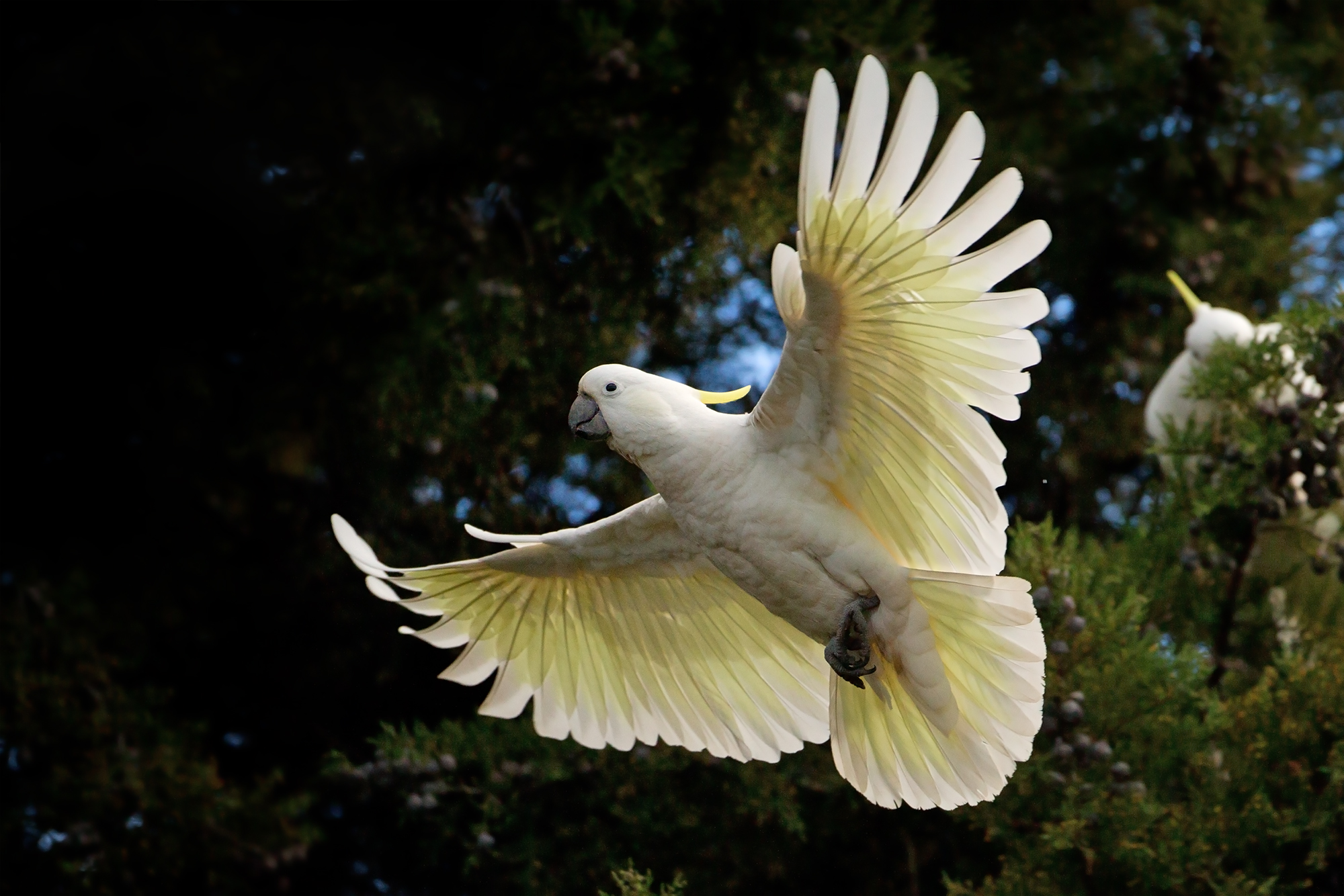
Sulphur-crested cockatoos are susceptible to psittacine beak and feather disease. Photo © JJ Harrison / Wikimedia Commons Think of psittacine beak and feather disease as a nasty form of bird mange. Caused by psittacine circovirus — also called beak and feather disease virus (BFDV) — this illness is most common in parrot and cockatoo species from both the Old World (Australia, Africa) but can affect parrots from the Americas as well.
The virus attacks a bird’s feather follicles, causing feather loss and malformation. At the worst stages of the disease, all feather formation stops. The virus also affects the tissues that form a bird’s beak and claws, making them dry, brittle, and prone to cracking. Finally, BFDV weakens a bird’s immune system and makes it more vulnerable to secondary infections, especially in a damaged beak or claws. Eventually, cracking and necrosis of the beak can prevent a bird from eating. There is no known cure.
Infected birds shed the virus in their feces and also skin and feather particles, so it’s often transmitted from adult birds to their offspring in the nest. Scientists also know that non-parrot species can harbor the virus, but they’re not sure how much of a role this plays in the ecosystem.
Scientists first observed psittacine beak and feather disease in Australia, where the disease is much more prevalent and affects species like sulphur-crested cockatoos, cockatiel, and galah. Unfortunately, psittacine beak and feather disease threatens all parrot species, as it can be spread via the pet trade and illegal wildlife trafficking.
-
The STD That’s Killing Koalas
Chlamydia trachomatis | Australia
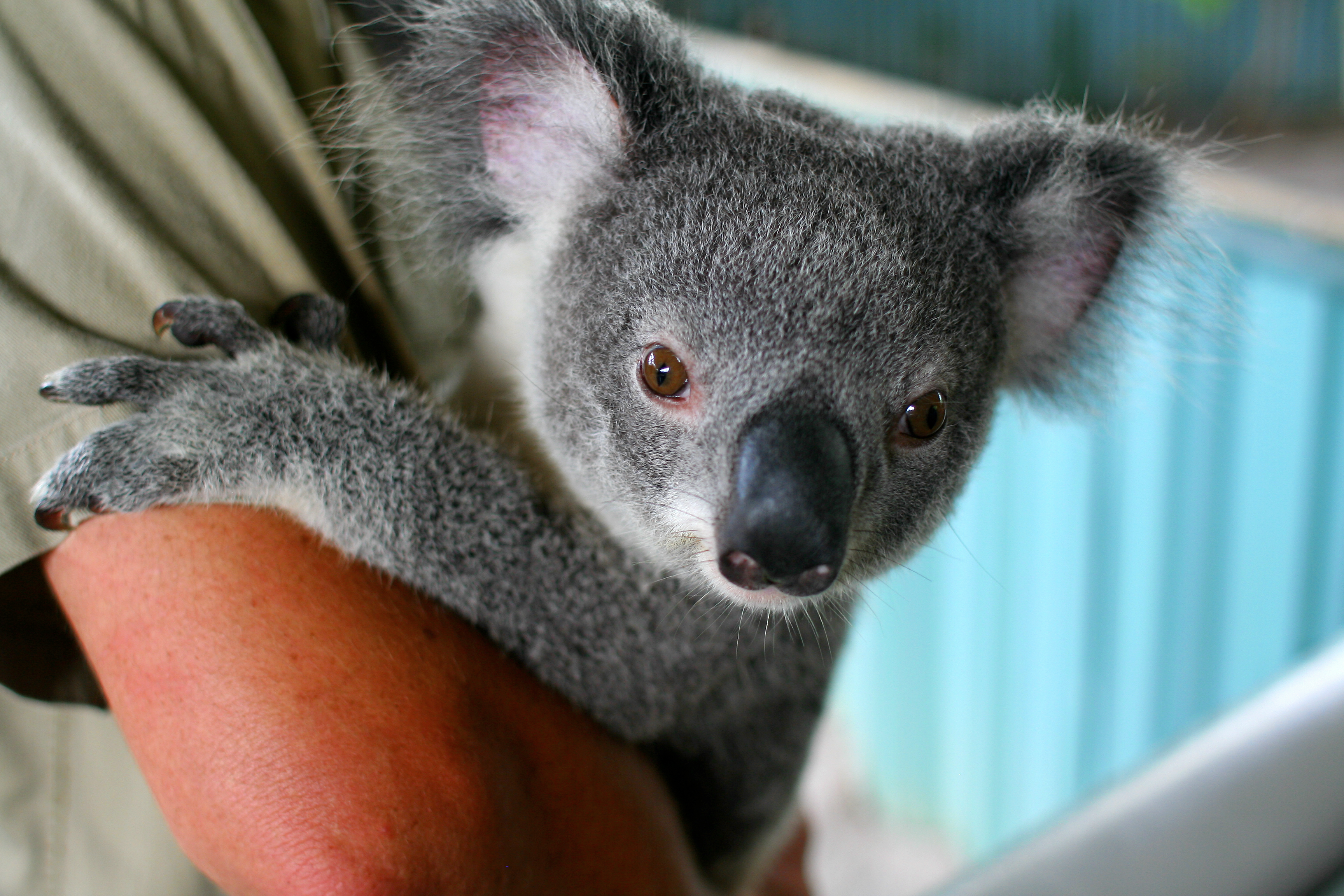
A koala at a wildlife rehabilitation center. Photo © Taz / Flickr Koalas: cute, cuddly, and infected with chlamydia. It might sound surprising, but wild animals are also susceptible to sexually transmitted diseases and infections. And Australia’s koalas are under threat from a widespread chlamydia infection.
As with humans, the Chlamydia trachomatis bacteria isn’t deadly, but it can cause serious health problems. Infected females can suffer from cystic reproductive tract disease, which can cause infertility. Other symptoms include bladder inflammation and conjunctivitis, which can lead to blindness.
Koalas can transmit the disease during mating or pass it on to their young. Young koalas become infected by eating “pap” from their mothers, a nutrient-rich fecal matter tht they eat as they transition from nursing milk to eating eucalyptus leaves.
Researchers think that a virus in the same family as HIV — called koala retrovirus type B — could make more koalas susceptible to chlamydia infections by weakening their immune systems.
The infection can be treated with antibiotics, but conservationists are concerned that this may be affecting the koala’s unique gut microbes, which allow them to digest eucalyptus leaves, which contain high levels of toxic tannins. Scientists are hard at work studying the koala’s gut microbiome, experimenting with fecal transplants, and developing a chlamydia vaccine to protect koalas from infection.
(To learn more about koalas, read our story on how they were almost hunted to extinction.)
-
The Plague Killing Prairie Dogs and Ferrets
Yersinia pestis | American Southwest
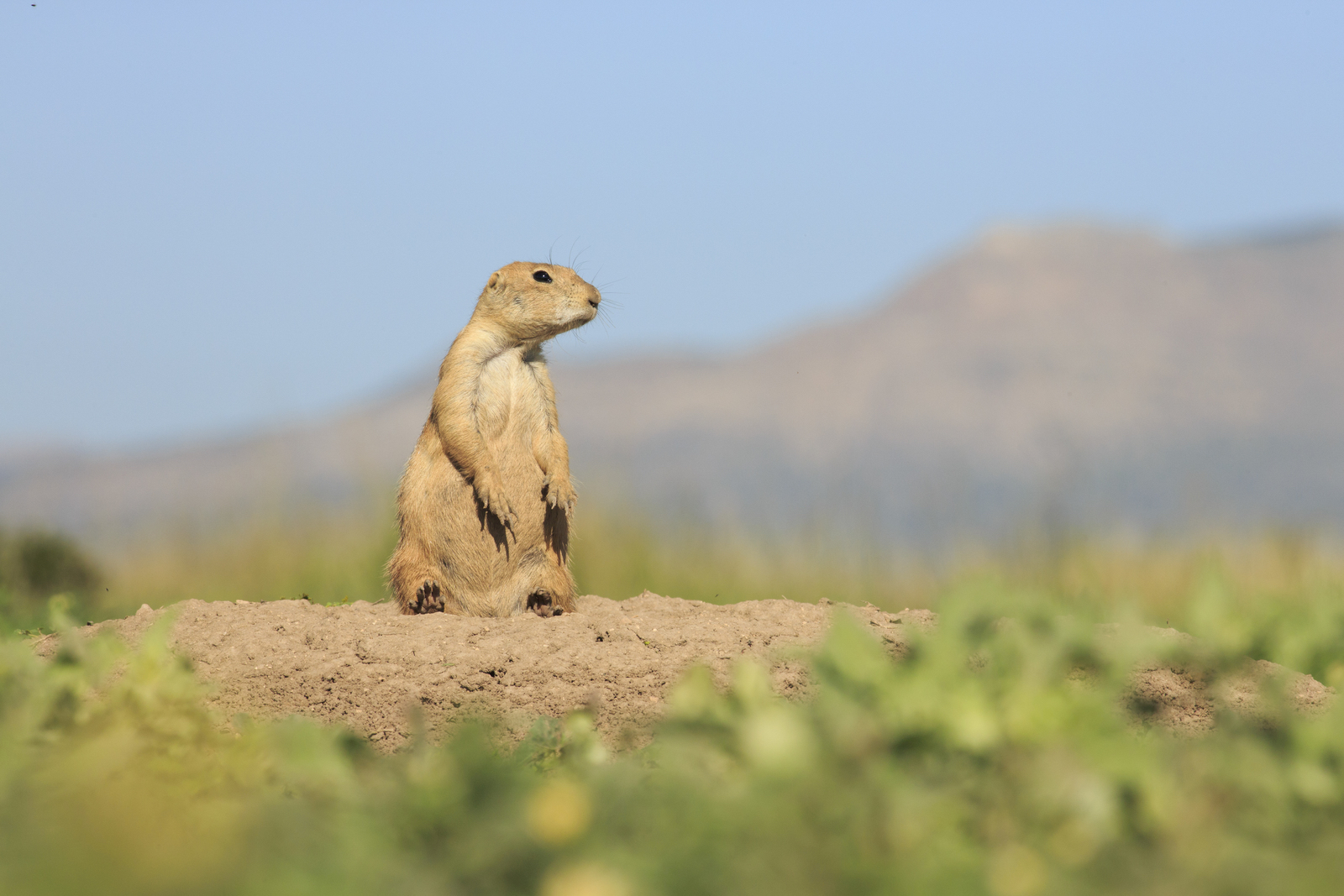
A prairie dog stands guard outside a burrow. Photo © Jerod Foster The next time you hear the little chip-chip alarm call of the prairie dog, just remember that these conspicuous and common little mammals are carriers of the bubonic plague. Yes, THAT plague, the Black Death, which killed 60 percent of Europeans in the mid 1300s.
The bacteria Yersinia pestis first arrived in the United States in 1900, in San Francisco, and ever since it has infected prairie dogs and other rodents in the southwestern United States. Fleas carrying the bacteria sometimes infect pets and humans, but thankfully it’s now treatable with antibiotics if diagnosed early enough.
Called sylvatic plague when it infects rodents, it kills nearly every prairie dog that becomes infected. Combined with persecution from humans, the result was a catastrophic drop in prairie dog populations. This, in turn, caused the black-footed ferret to nearly go extinct as well, because the ferrets prey almost exclusively on the prairie dogs
Scientists are experimenting with a plague vaccine — delivered via peanut butter — which seems to be effective in reducing the number of plague-related deaths.
-
The Other Chytrid That’s Killing Salamanders
Batrachochytrium salamandrivorans | Asia, Europe
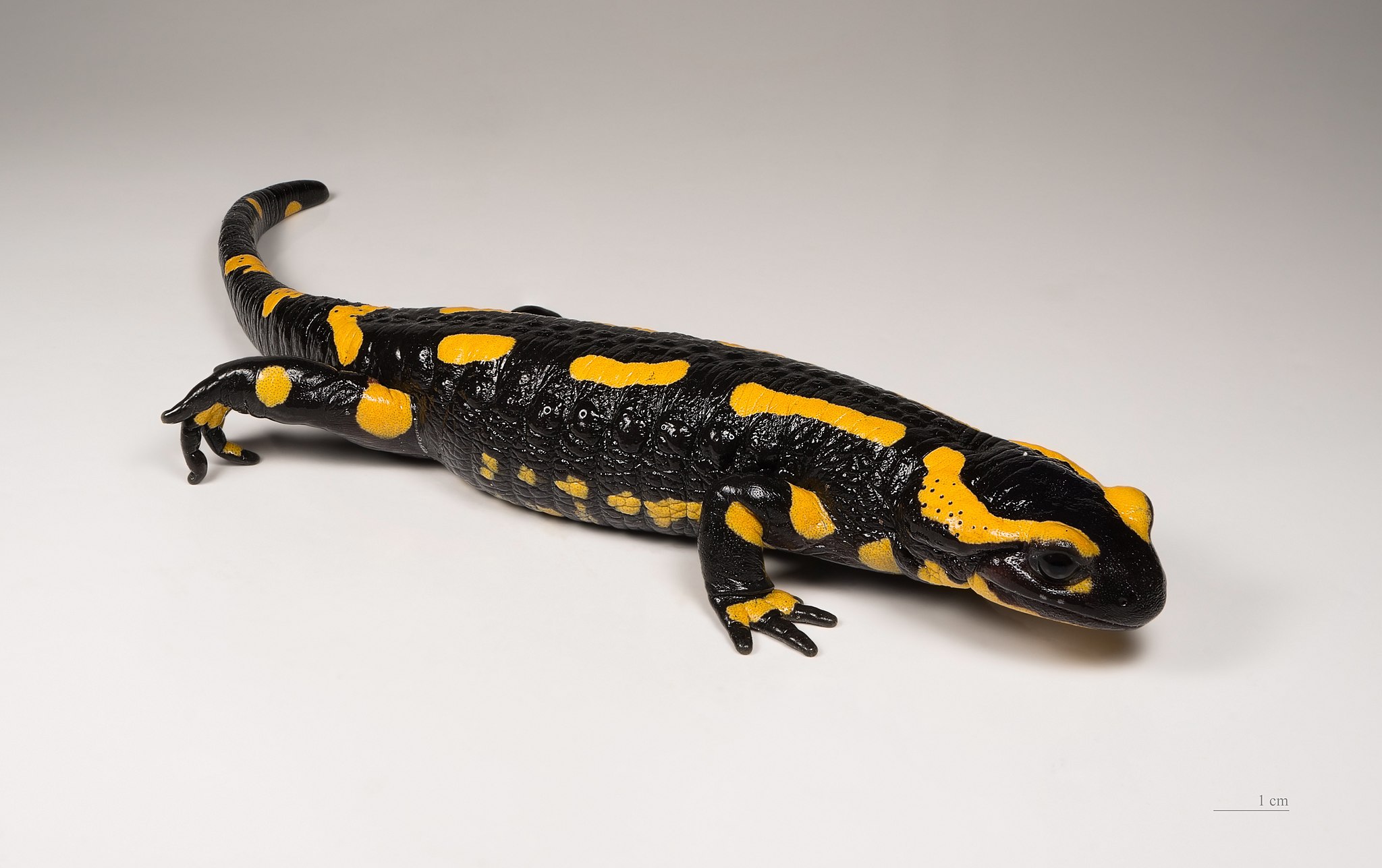
A European fire salamander. Photo © Didier Descouens / Wikimedia Commons You’ve probably heard of chytrid, the deadly fungus that’s causing frogs populations to collapse worldwide. But now salamanders have their own killer fungus to worry about.
Scientists first discovered Batrachochytrium salamandrivorans, or b-sal, in Europe in 2008, after noticing die-offs of fire salamanders in the Netherlands. As the scientific name suggests, b-sal is related to the fungus that attacks frogs. This species targets salamanders, eating away at their skin and causing massive ulcers. (One scientist said that it looked as if the animals had been burned by cigarette butts.)
Scientists discovered that b-sal evolved in Asia, and spread to Europe via the pet trade. Now the fungus threatens salamanders in the Americas. In 2016, the US government issued an import ban on all salamander species, in the hopes of stopping the spread. But it’s still possible that b-sal could reach the Americas via imports to other countries or via the illegal wildlife trade.
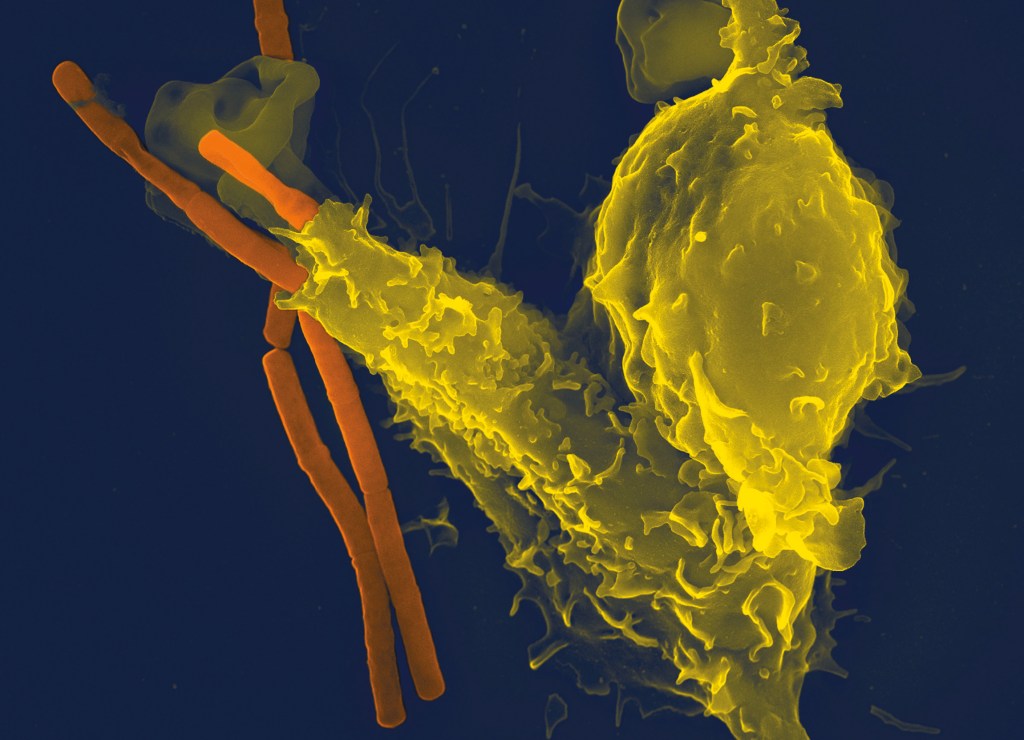



How about Rinder pest and there other disease that affect bovidae is called Foot and mouth disease. I need to understand these disease please.